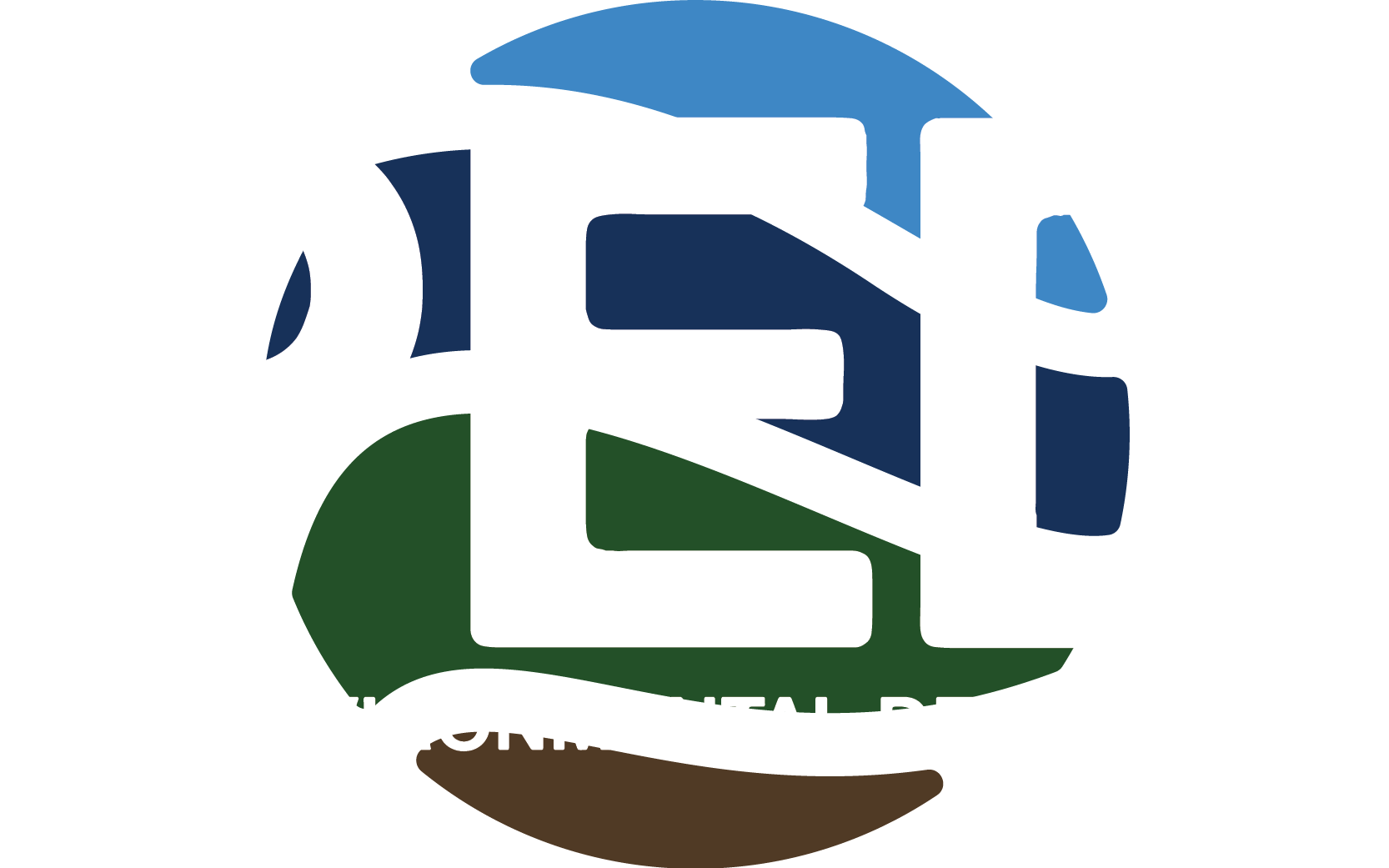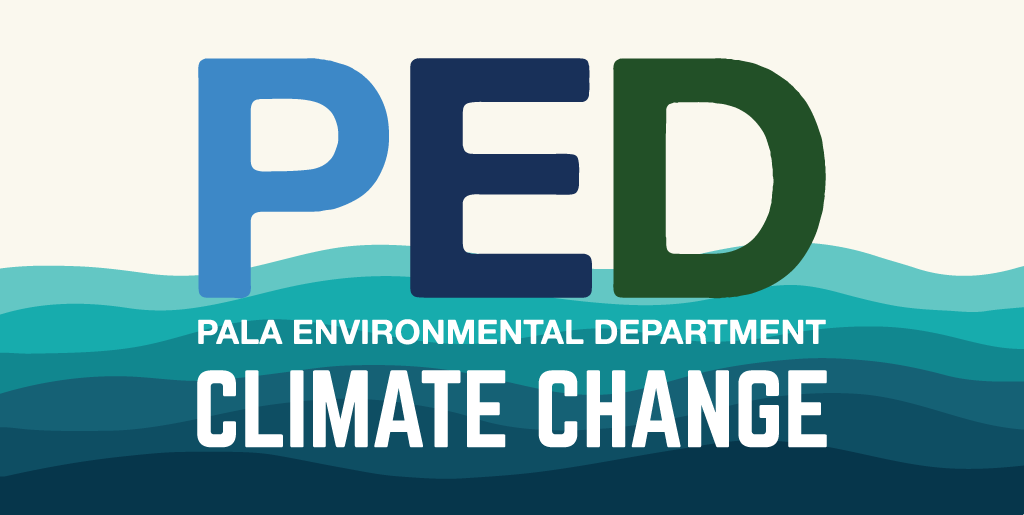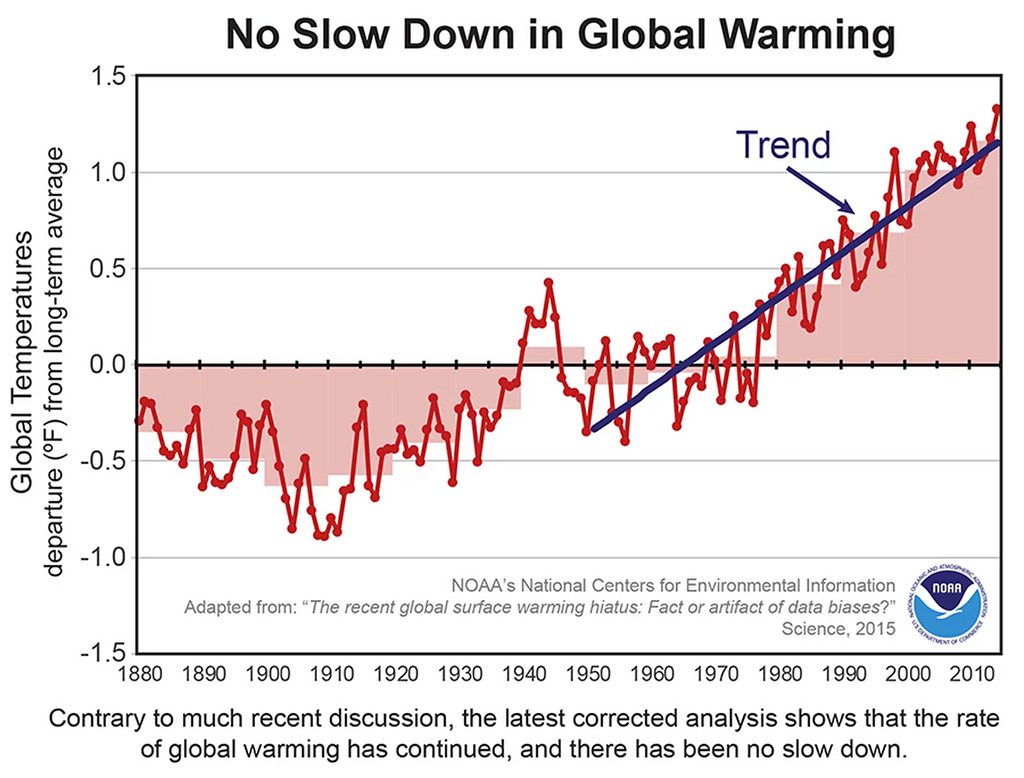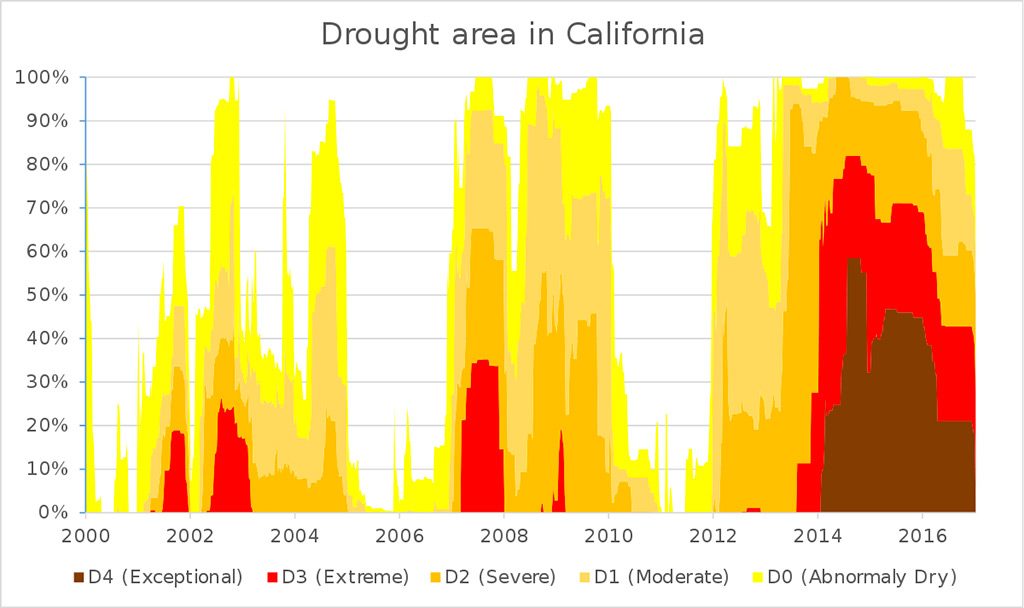Climate Change
Our climate is changing, so we are becoming more resilient. Learn more about the potential threats to Pala that we can reduce by working together.
What Does Climate Change Mean for Pala?
Climate change refers to long-term changes in usual or expected weather patterns resulting from an increase in greenhouse gases in the atmosphere.
This figure below presents high-risk climate change exposures for Pala. Each of these exposures results in significant impacts to Pala’s health, social, natural and built environments, and is anticipated to threaten community assets that are valued by tribal members and residents.
Fact Sheets
See fact sheets for each of Pala’s high-risk exposures and learn how you can recognize and prepare for climate threats:
- Extreme Heat (Elevated Temperatures)
- Wildfires
- Flooding and Storms
- Drought
Pala’s Climate Readiness and Adaptation Efforts
The Pala Environmental Department has completed an initial climate change adaptation planning process to better prepare our community for the harmful impacts of climate change. The purpose of adaptation planning is to help a community understand its vulnerabilities and identify viable, priority actions to build upon their strengths and respond to their urgent and immediate climate change vulnerabilities.
Climate Adaptation Plan
In July 2019, the Pala Environmental Department issued its Climate Adaptation Plan.
Community Engagement
You can help by:
- Reviewing our Vulnerability Assessment to become aware of risks to Pala
- Participating in Planet Pala to work together to provide input on our ongoing adaptation efforts
- Join our mailing list to follow our adaptation progress
- Following Pala Environmental Department on Facebook for climate updates and information.
- Signing up for San Diego County’s Alert System
- Coming soon: Text message and email alerts from Pala
Access services
PED has developed the following referral list of local health services to support the wellness of our community in response to increasing climate events such as wildfire, flooding, drought, and heat.






